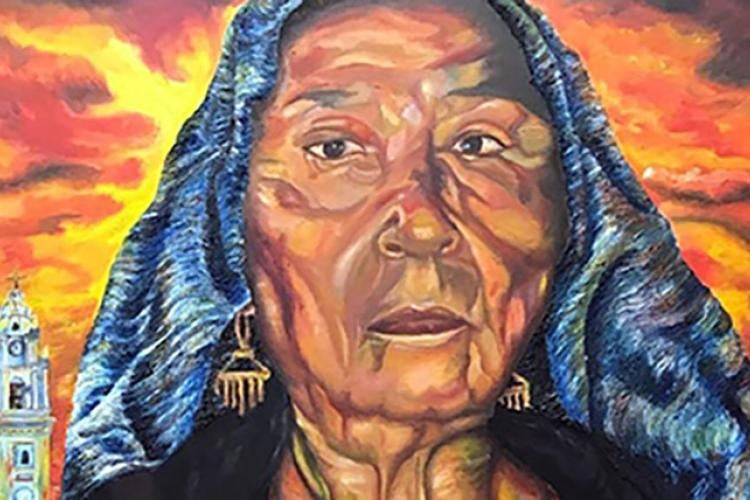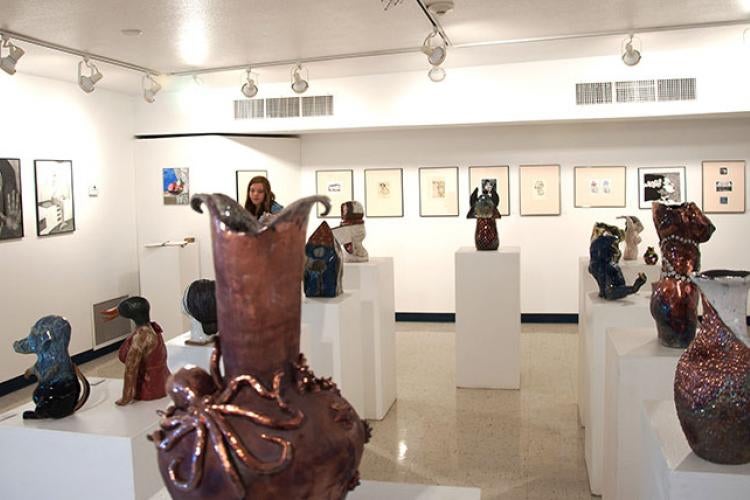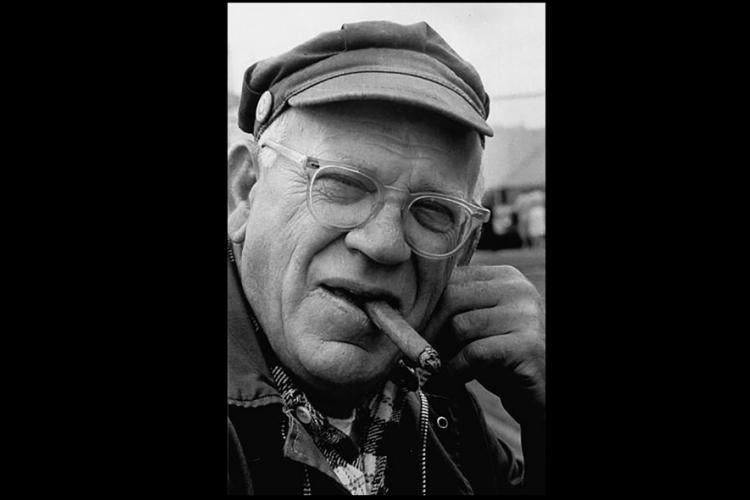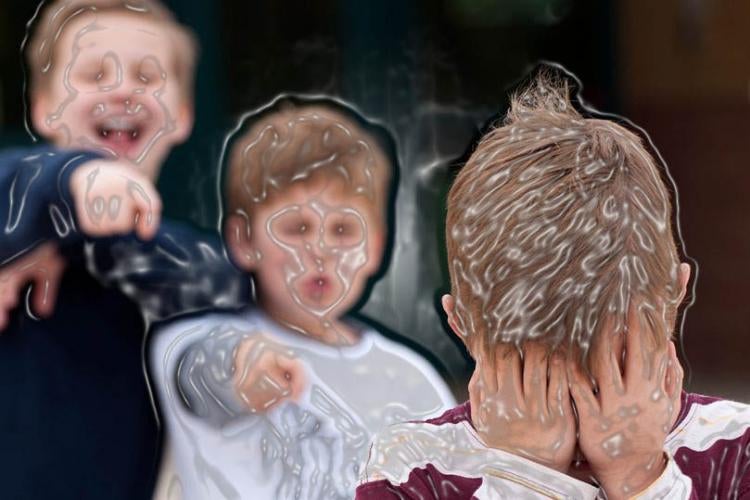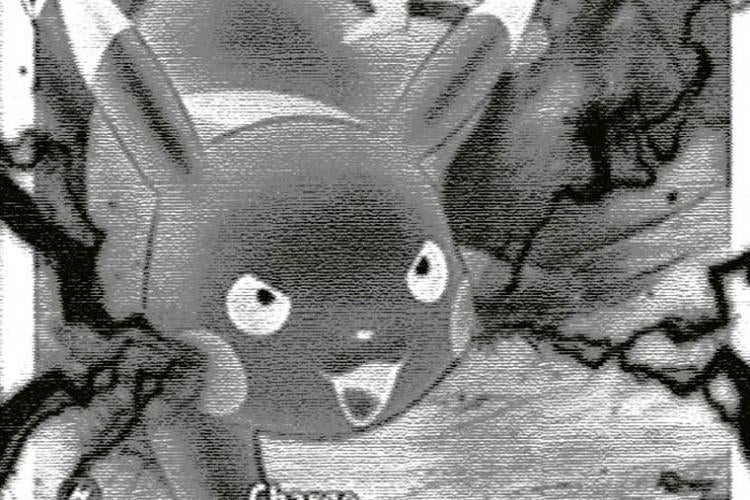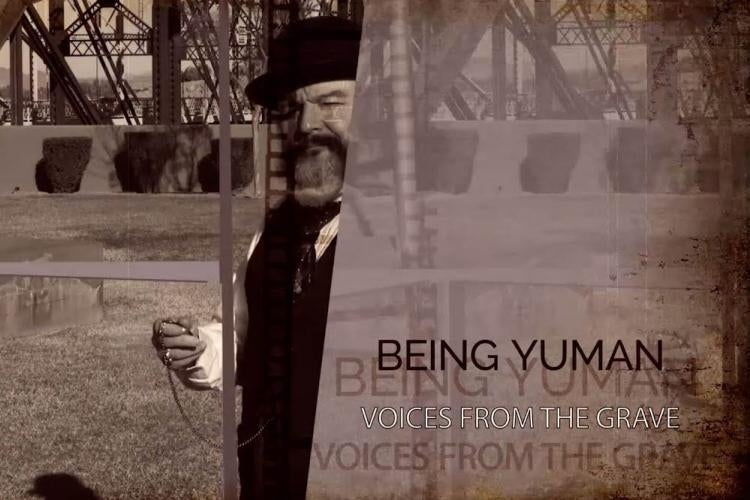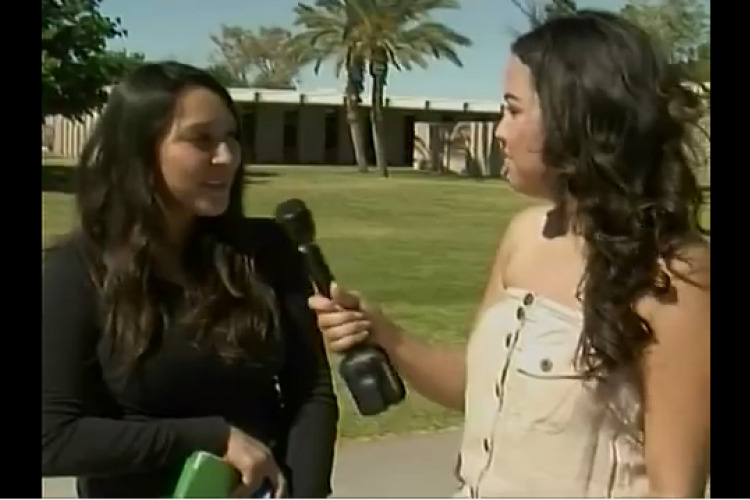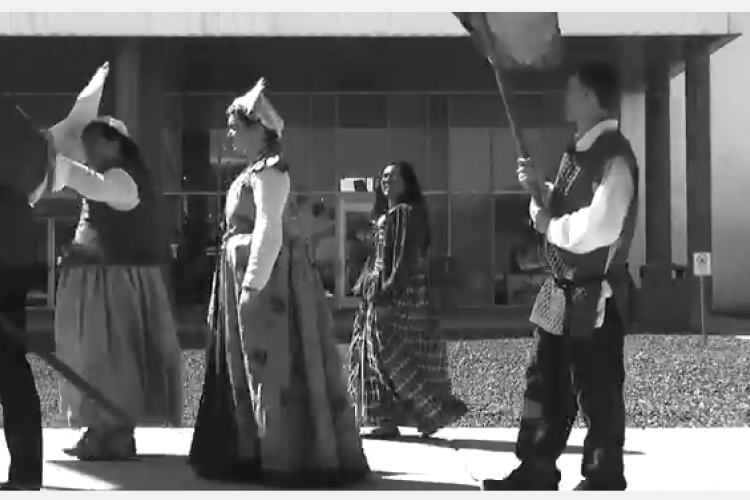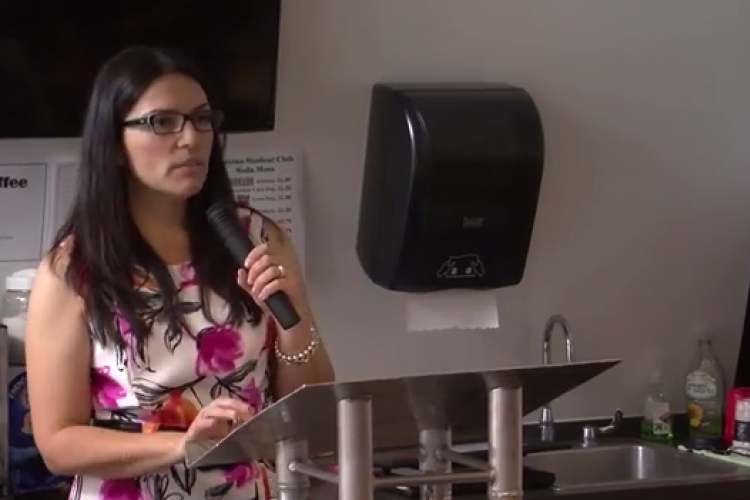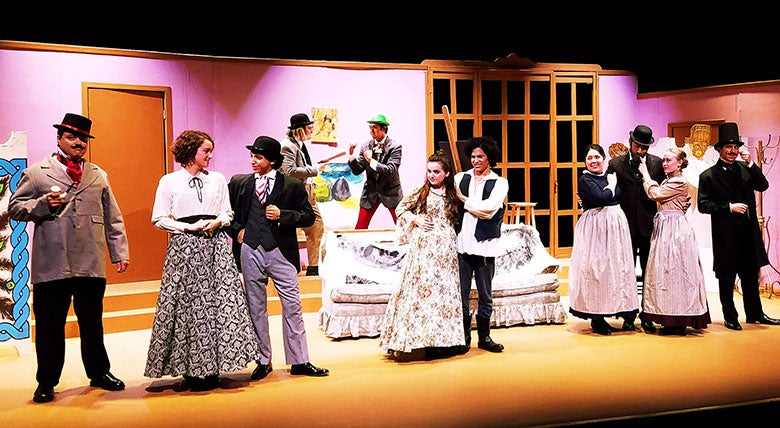
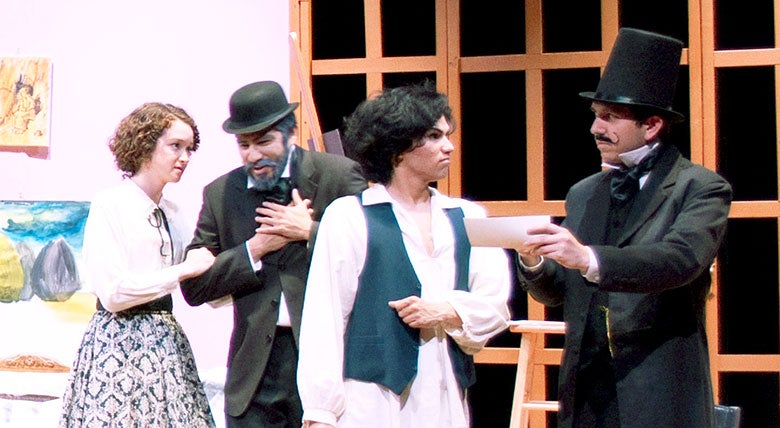
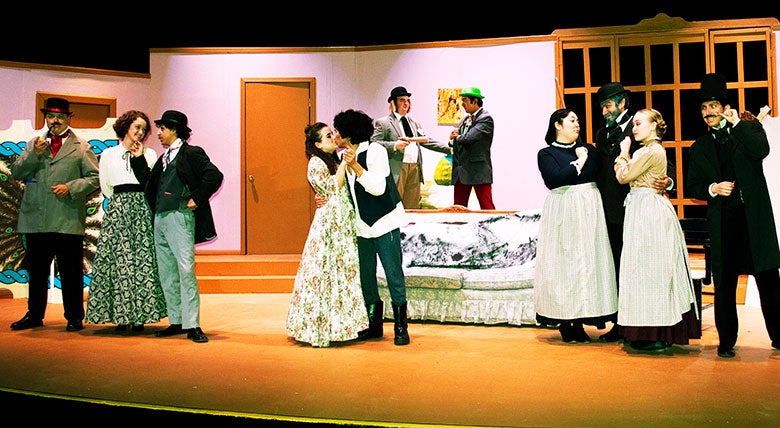
Theatre review
It’s a spring afternoon in 1846 at Barbizon, near Paris, and the art studio of one Jean- François Millet is empty but littered with sketches and paintings, some only half finished.
Bursting through the door come Buckner “Chicago” and Bismarck “Dutchy,” friends of Millet, singing “Buffalo Gals” all loud and jolly, and exchanging silly banter that offers a glimpse of what’s to come. Buckner’s signature phrase is “The worst is yet to come,” but it’s more like the best is yet to come.
The story
Is He Dead? is the most recent Mark Twain manuscript to be turned into a stage play and the latest production put on by the Arizona Western College performing arts program. This comedy centers on a fictionalized version of painter Jean-François Millet, his art work and its ongoing lack of value. Millet cannot sell any of his paintings, which include famous works like The Angelus and The Gleaners, though not for lack of trying.
With pending debt owed to a scheming art dealer by the name of Bastien Andre, Millet must choose between paying Andre or giving him Marie, Millet’s girlfriend. Chicago, Dutchy and O’Shaughnessy, all Millet’s friends, think up a plan to help the artist sell his paintings, setting up a showroom and spreading the word about the sale.
However, not many buyers show up, except for one gentleman who, after inspecting the various works, inquiries about the liveliness of the artist: “A painter has so much more value when he is dead. Indeed, the deader he is, the better he is.” Thus, a plan is born to fake Millet’s death and collect the money from the paintings of a recently deceased artist.
To reap his winnings, Millet disguises himself as a woman – at first unwillingly yet quickly growing into his role – and claims to be his own sister, Daisy Tillou, a widow in mourning. However, this deception does not come without a cost; Daisy has acquired many admirers including the art dealer Bastien and Marie’s father.
After the ploy has risen to extreme heights and has gotten out of the control of the three schemers, Millet sheds his disguise, returning as himself claiming that someone had faked his death. Investigators now go in search of Daisy the imposter, leaving Millet and his friends to enjoy the money.
The characters and their performers
With only eleven actors performing, choosing the right individuals to breathe life into the characters and bring about the right chemistry between all of them seemed no easy feat. But director Ann Wilkinson chose amazing actors who truly made the play a success.
There are multiple comedic moments in the show, but most moments come from the comedic trio, friends of Millet, including Chicago, Dutchy and O’Shaughnessy, played by Alfredo Figueroa, Kevin Enquist and David Lopez, respectively.
Reminiscent of the Marx brothers, each of the three friends brings about a different element of comedy. Chicago is the brains, originally the one to think up the devious scheme and then enforcing it. Dutchy is the supportive friend who goes along with the plan and at times tries to be a voice of reason but quickly buys into the excuses Chicago makes. And O’Shaughnessy is the hot-headed fellow who will do anything for his friend, including yelling, “Well, you can go to hell!” to any passerby who gets in their way.
Salome Siruno embraces the role of the troubled artist Millet, yet blossoms in his portrayal of Daisy, a sister in mourning. He struts confidently in kitten heals, donning a fake bust and smoking a cigar politely; after all, he is a “lady.”
No moment occurred where an actor or actress was out of character. All of them fully focused on honestly portraying their character (or characters in some cases) to their fullest potential.
Although the set and costumes where not intricate in design, they all gave off a simple and clean aura, allowing the focus to be on the characters and the actors themselves.
Nobody dead here.
Photos by James McNeill

